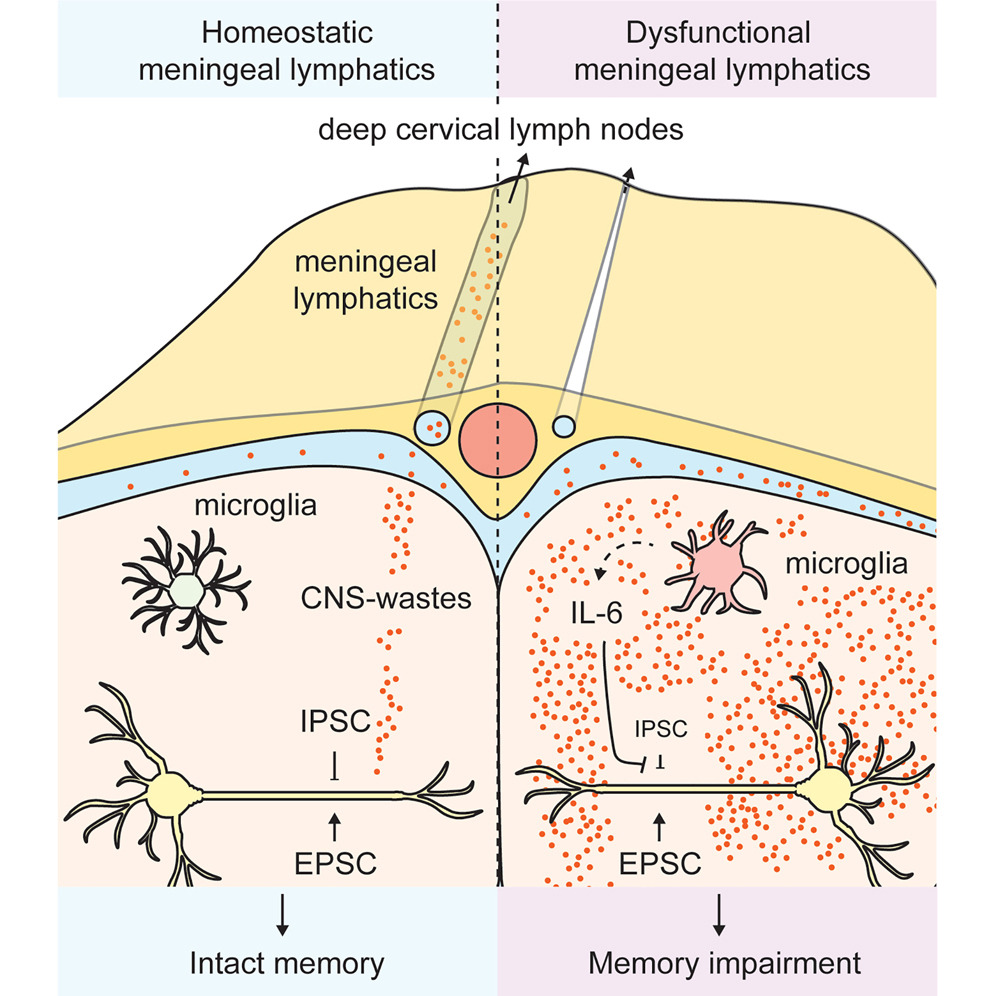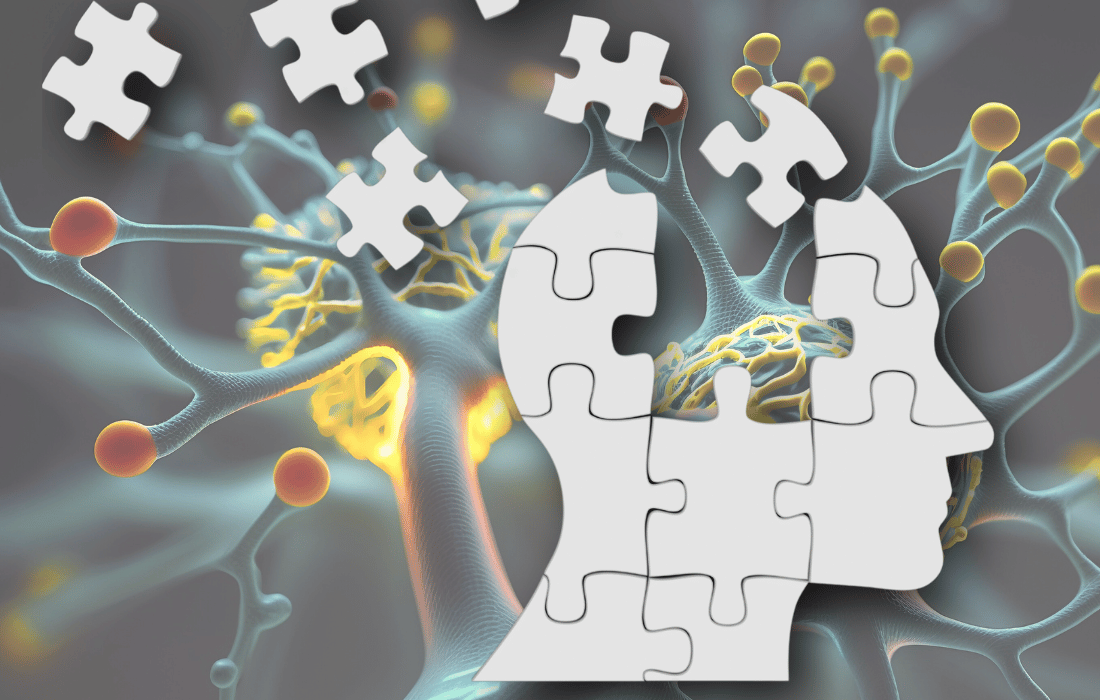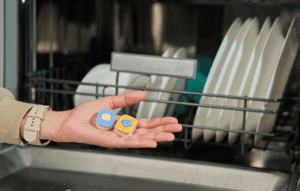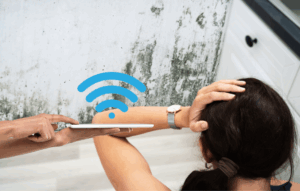We tend to think of memory as a dusty attic—boxes of the past, stacked neatly (or chaotically) for future reference. But memory is far more dynamic than that. It’s not just what you recall—it’s how your brain decides what to keep in the first place. And oddly enough, the answer might lie in one of nature’s most elegant mechanisms: the positive feedback loop.
Far from being just a glitch in microphones or a vicious cycle of bad habits, positive feedback loops are what help living systems lock in certain behaviors, chemical states, and… memories. And your brain, in all its complexity, is no exception.
Thanks to emerging research, including the provocative insights from a recent arXiv preprint titled “Positive feedback and the formation of long-term memory,” we’re beginning to grasp how your neurons use feedback to reinforce what matters—biochemically, electrically, and experientially.
Let’s dive into how the brain builds momentum in memory—how learning becomes remembering.
The Biochemical Feedback Loop: Locking in Learning at the Molecular Level
Before a memory becomes a long-term resident in your brain, it has to earn its keep, biochemically. Here, we explore the molecular chain reactions that decide whether a fleeting impression becomes a permanent fixture. These feedback mechanisms happen below your awareness, but they determine everything from your ability to recall a name to mastering complex skills.
From sticky-note signaling systems to molecular motivational speakers, let’s dig into how the brain decides what’s worth keeping, at the cellular level.
Synaptic Tagging and Capture: Marking What Matters
When you learn something new—say, a cool move on the jiu-jitsu mat—your brain lays down a fresh memory trace through a process known as long-term potentiation (LTP). But here’s the trick: not every trace sticks around. To form a durable memory, the brain needs to decide which synapses (connections between neurons) are worth investing in.
That’s where “synaptic tagging” comes in.
Synaptic tagging is like a sticky note slapped on a connection saying, “Hey, this one might be important”. But that tag only means something if there’s a follow-up. If the brain produces enough plasticity-related proteins (PRPs) in time, those tagged synapses are strengthened and stabilized. Otherwise, the tag fades—and so does the memory.
The fascinating part? The more activity a synapse receives, the more PRPs it attracts, reinforcing the very change it triggered. That’s a biochemical feedback loop—neurons essentially saying, “Yes, more of this”.
Kinase Cascades: Amplify to Solidify
Take protein kinase Mζ (PKMζ), a molecule that’s been shown to sustain long-term potentiation for days, even weeks. When activated, PKMζ enhances its own production. It’s the molecular equivalent of a motivational speaker shouting, “You’re doing great—keep going!” inside your hippocampus.
This self-sustaining loop helps memories become encoded in the long-term vault. Inhibiting PKMζ in animal studies can even erase specific memories—a fact that is both fascinating and mildly terrifying.
The Network Feedback Loop: Stability Through Repetition
Your brain doesn’t just rely on chemical signatures to determine what’s worth remembering—it also listens for patterns. This section explores how repeated activity across neural circuits stabilizes into persistent memory through a feedback process, where the more a circuit fires, the more likely it is to fire again. In short, your brain builds memory through movement, not stillness.
Reentrant Signaling: The Brain Talks to Itself
Think of your brain not as a linear processor but as a hall of mirrors, where information bounces around until it locks into a pattern. This is called reentrant signaling—a type of loop where different brain areas keep feeding information back into each other until it stabilizes.
In the context of memory, this means that once a pattern of neural activity starts to recur, it becomes easier for that pattern to re-emerge in the future. This is how short-term impressions graduate into long-term memories—not through brute force, but through iterative reinforcement.
As the arXiv paper notes, even weak inputs can become part of stable memory if they are incorporated into a recurrent network that already favors the same outcome. It’s less “burn this into your brain” and more “ease this into the neural groove.”
Some key traits of reentrant signaling:
Self-reinforcing circuits: Activity in one region amplifies activity in another, then loops back to the original.
Error correction: Redundant pathways help fine-tune the signal, filtering noise and boosting clarity.
Pattern completion: Even partial inputs can restore full memory if the circuit has been previously reinforced.
Attractor States: The Brain’s Favorite Channels
The concept of attractor states comes from dynamical systems theory. In essence, certain patterns of brain activity are more stable than others. When the brain is nudged toward these patterns—through repetition or emotional salience—it tends to return to them again and again.
This isn’t a bug. It’s how we learn.
Repetition builds preference: The more a neural pattern fires, the more the brain “prefers” it.
Energy efficiency: Attractor states require less energy to maintain over time, making them the default under uncertainty.
Cue-based access: A smell, sound, or phrase can tip the brain back into a familiar attractor pattern, sparking full memory recall.
And once a memory trace becomes an attractor state, even partial cues can reignite the full memory. That smell that takes you back to grandma’s kitchen? That’s your brain slipping into a well-worn attractor state, thanks to years of reinforcement.
In this way, repetition and resonance become the architecture of long-term memory—ensuring that the brain doesn’t just remember facts, but returns to the feelings, contexts, and narratives that gave those facts meaning in the first place.
The Experiential Feedback Loop: Emotion and Meaning as Memory Glue
Our most enduring memories aren’t necessarily the most useful—they’re often the most felt. Emotional charge, personal meaning, and narrative context can transform an ordinary experience into a lifelong imprint. This section explores how subjective significance turns fleeting moments into permanent fixtures in our mental landscape.
Emotional Valence: Dopamine Doesn’t Just Make You Happy
Your brain doesn’t remember everything. It remembers what matters.
When you experience something emotionally significant—whether euphoric, terrifying, or just deeply novel—your brain gets a flood of neuromodulators like dopamine, norepinephrine, and acetylcholine. These chemicals don’t just perk you up. They signal that the experience is worth remembering.
What’s more, they amplify the feedback mechanisms we’ve already discussed. Dopamine, for instance, enhances synaptic plasticity and encourages neural firing in reward circuits, increasing the chance that the experience will become an ingrained memory.
It’s a self-perpetuating cycle:
Strong emotion → heightened neuromodulator release
Increased neural activation → stronger encoding
Greater recall → stronger emotion upon retrieval
That’s why adrenaline-soaked experiences (a knockout punch, a near-death crash, your first kiss) become unforgettable. And why you probably can’t recall what you had for lunch two Thursdays ago.
Interestingly, not all emotions work the same. While dopamine often cements reward-based learning, norepinephrine sharpens attention in stress or threat conditions, prioritizing survival. Acetylcholine, meanwhile, enhances cue detection and helps with pattern separation, ensuring that memories formed under emotionally unique circumstances stay distinct.
Context and Relevance: The Brain Doesn’t Do Trivia
Studies suggest we retain information better when it connects to a goal, purpose, or personal relevance. This is why storytelling is such a powerful learning tool—because it builds context, meaning, and emotional charge into the material.
Some examples of experiential relevance enhancing memory:
Learning about nutrition after a health scare sticks more than reading a blog post on a good day.
A soldier’s training drills become automatic during combat, reinforced by survival stakes.
Your favorite childhood story stays with you not because of the plot, but because your dad read it every night.
This forms another feedback loop:
The more you care, the more attention you pay
The more attention you pay, the better you remember it
The better you remember it, the more likely you are to revisit it
Revisiting strengthens the loop
So memory becomes less about objective data and more about subjective value. The stronger the emotional and contextual anchor, the deeper the groove it cuts into your neural terrain.
In short: your brain isn’t just a recording device. It’s an editor, and emotion is its favorite highlighter.
The Lymphatic System’s Surprising Role in Memory Health
While feedback loops, emotion, and repetition dominate most memory discussions, recent research suggests your body’s drainage system—the lymphatic system—plays a more significant role than previously thought.
Meningeal lymphatics, a network of vessels lining the brain, are responsible for clearing out waste from the central nervous system. Think of them as the brain’s janitorial staff. When functioning well, they help remove debris, inflammatory molecules, and metabolic byproducts—keeping the neural environment clean and primed for optimal signaling.
But when these meningeal lymphatics become impaired—whether through age, chronic inflammation, or illness—problems arise. According to a recent study, dysfunctional lymphatic drainage leads to the buildup of CNS waste, activates inflammatory microglia, and triggers an overexpression of interleukin-6 (IL-6), a cytokine linked to synaptic inhibition. The result? Memory impairment and disrupted communication between neurons.
Restoring lymphatic function in aged mice reversed these impairments, showing promise for future interventions.
A few key points:
Functional meningeal lymphatics support memory by maintaining a clean brain environment
IL-6 signaling is a key inflammatory pathway that disrupts memory formation when left unchecked
Targeting lymphatic health may offer a novel approach to treating cognitive decline
Your brain’s ability to remember might not only rely on what it reinforces—but also on what it successfully clears away.
Positive Feedback Without Going Overboard
Positive feedback loops are among biology’s sharpest double-edged swords. In one direction, they help us become better learners, athletes, creatives, and communicators. But in the other, they can trap us in toxic cycles of obsession, trauma, and addiction. This section explores how the same mechanism that makes memory stick can also turn memory into a cage.
In essence, positive feedback loops:
Strengthen memory and behavior by reinforcing active neural pathways
Aid in skill acquisition by turning conscious effort into subconscious habit
Improve retention when tied to emotional salience or relevance
But they also:
Can lead to over-sensitization, where even minor stimuli trigger strong emotional or physical responses
Enable addiction, whether it’s to substances, screens, or social validation, by creating deep reward grooves in the brain
Trap individuals in trauma, where emotional intensity and vivid recall feed constant reactivation of painful memories
Take PTSD, for example: a terrifying event gets stamped with intense emotional salience and locked into a hyperactive feedback loop. The person isn’t just remembering—they’re reliving. Each recall strengthens the imprint, making it more vivid and more easily triggered. The very mechanism that helps us remember what’s important turns into a siren that won’t shut off.

Regulatory Balance: How the Brain Keeps Loops in Check
So how does the brain avoid turning every strong memory into a minefield?
The answer lies in regulatory balance. Executive functions in the prefrontal cortex can dampen unhelpful feedback loops. Likewise, restorative practices like:
Mindfulness and breathwork, which help break the loop of rumination
Sleep, where neural pruning and memory consolidation take place
Movement and exercise, which reduce stress hormones and promote healthy neurotransmitter levels
Social connection, which provides emotional reappraisal and external perspective
All of these serve as circuit breakers—interrupting runaway patterns and restoring equilibrium.
In short: feedback loops help your brain decide what matters. But without guardrails, they can become echo chambers of dysfunction. Learning how to steer these loops—by managing attention, emotion, and repetition—is the difference between self-improvement and self-destruction.
The key is calibration. The brain doesn’t want to remember everything. It wants to remember what it believes is important.
Implications for Learning, Training, and Recovery
Understanding how memory forms through feedback loops has massive implications for everything from education to athletic training to neurorehabilitation. Some takeaways:
Spaced repetition beats cramming because it gives the network time to re-activate and reinforce patterns.
Emotion enhances retention, so link learning to purpose, story, or novelty whenever possible.
Physical state matters—good sleep, balanced neurotransmitters, and movement (like exercise) increase synaptic plasticity.
Practice makes permanent, not perfect—so be mindful of what you reinforce, especially in habits and self-talk.
And if you’re a coach, therapist, or biohacker: structure environments that create positive feedback in the direction you want behavior or learning to go. That’s how transformation becomes automatic.
Final Thoughts: Memory as Motion, Not Storage
Memory isn’t like saving a file to your desktop. It’s more like smoothing a path through tall grass—every time you walk it, the trail gets clearer.
These feedback loops don’t just help you remember. They help you become who you are. Every repetition, every emotion, every choice to revisit an idea wires it deeper into your identity. That’s the beauty—and the burden—of how our biology favors momentum.
So be careful what you reinforce.
Your brain is always listening.












